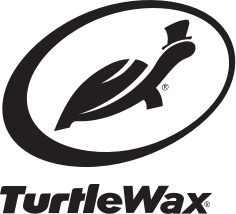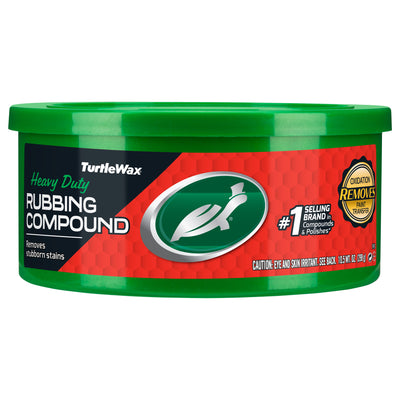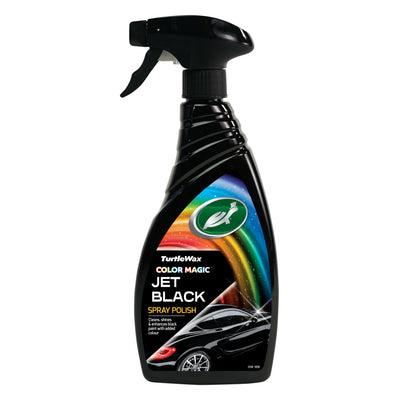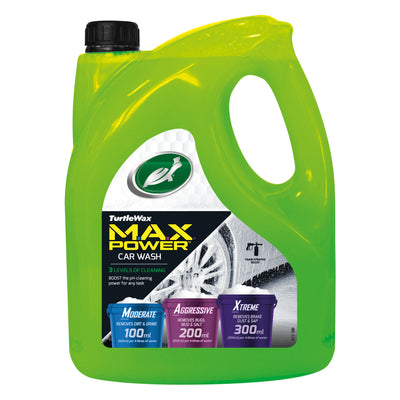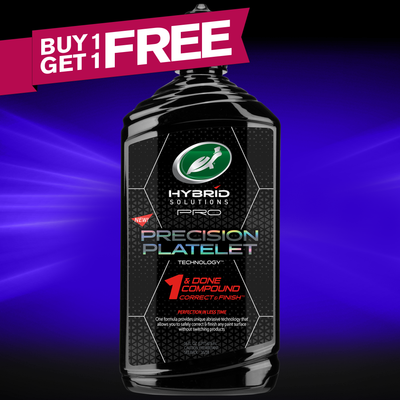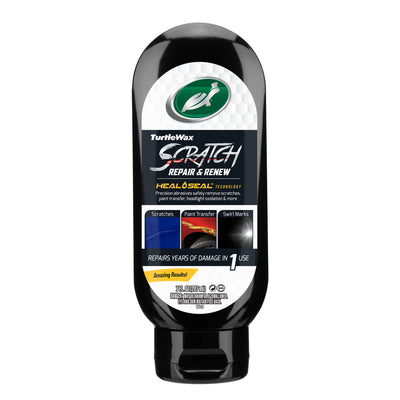
Free UK Delivery
On ALl Orders over £20
-
Exterior
Learn More
-
Interior
-
Hybrid Solutions
Collections
-
Car Care Kits
Collections
- Accessories
-
REWARDS
Earn Points Today
- Home
-
Exterior
-
Wash
- waterless
- wash & wax one step
- extreme foam
- heavy duty cleaners
- pre-wash valeting range
- wash valeting range
- ph neutral car wash
- car windscreen cleaner
-
Wax, Seal & Coat
- coatings
- detailer
- liquid
- one steps
- paste
- sealants
- spray
- wax speciality
- spray wax and sealant valeting range
- Paint Correct
-
Restore
- bug & tar removal
- headlight restoration
- metal & chrome finish
- restore scratch repair
- restore speciality
- trim restoration
- Wheel & Tyre
-
Wash
- Interior
- Hybrid Solutions
- Car Care Kits
- Accessories
- Rewards
- Learn

HOW TO POLISH A CAR AT HOME
A smooth, picture-perfect paint surface on a car is desired by everyone. Alas, over time, small scratches by dirt and other contaminants begin to build up, making it increasingly difficult to maintain that mirror-finish. Even worse, unfortunate events can occur that cause deep scratches or discolouration on the paint surface. Luckily, scratches and scrapes can easily be corrected and your paint revived by using compounds. Find out how to polish a car using the compounding process, whether by hand or with a buffer, to achieve professional results right at home.
